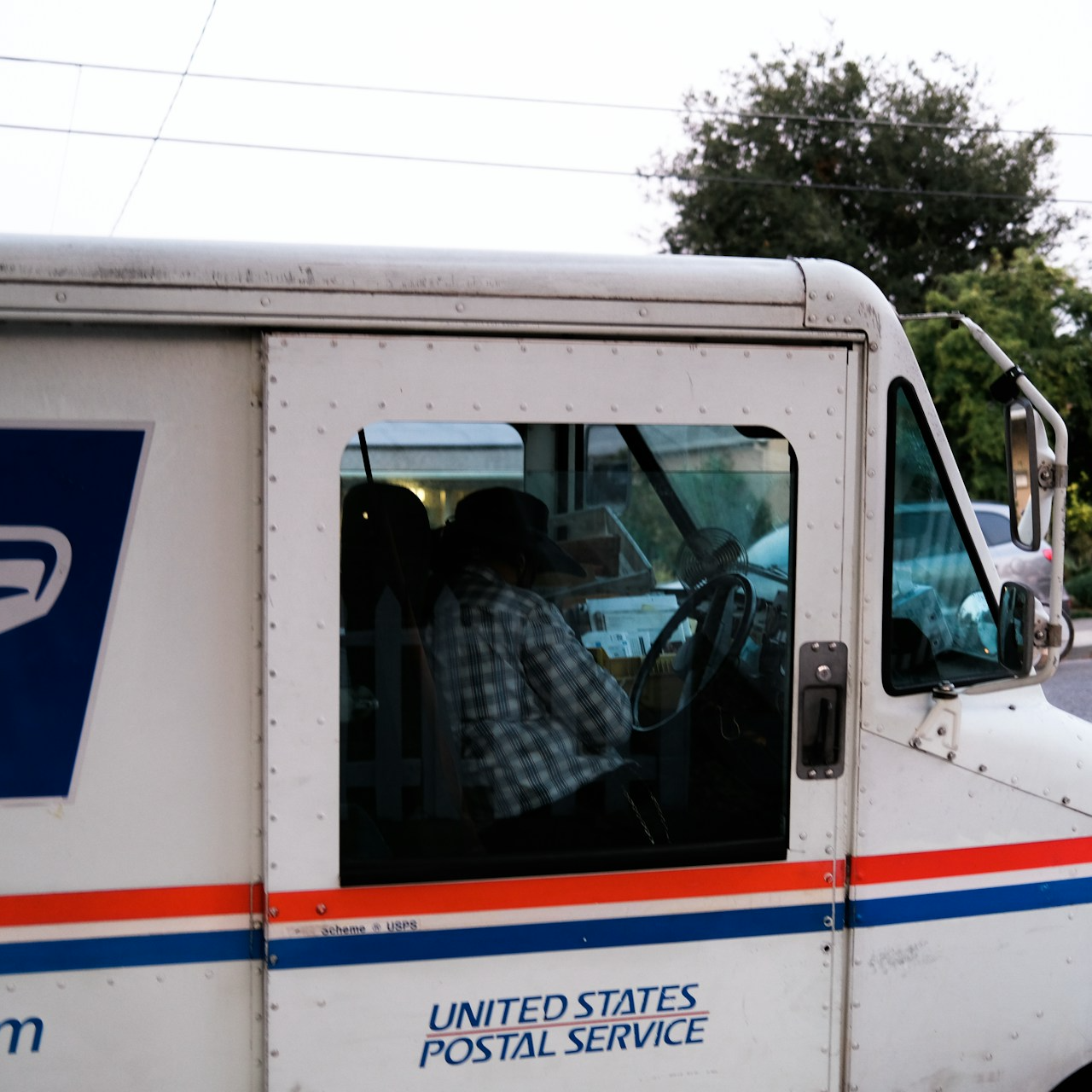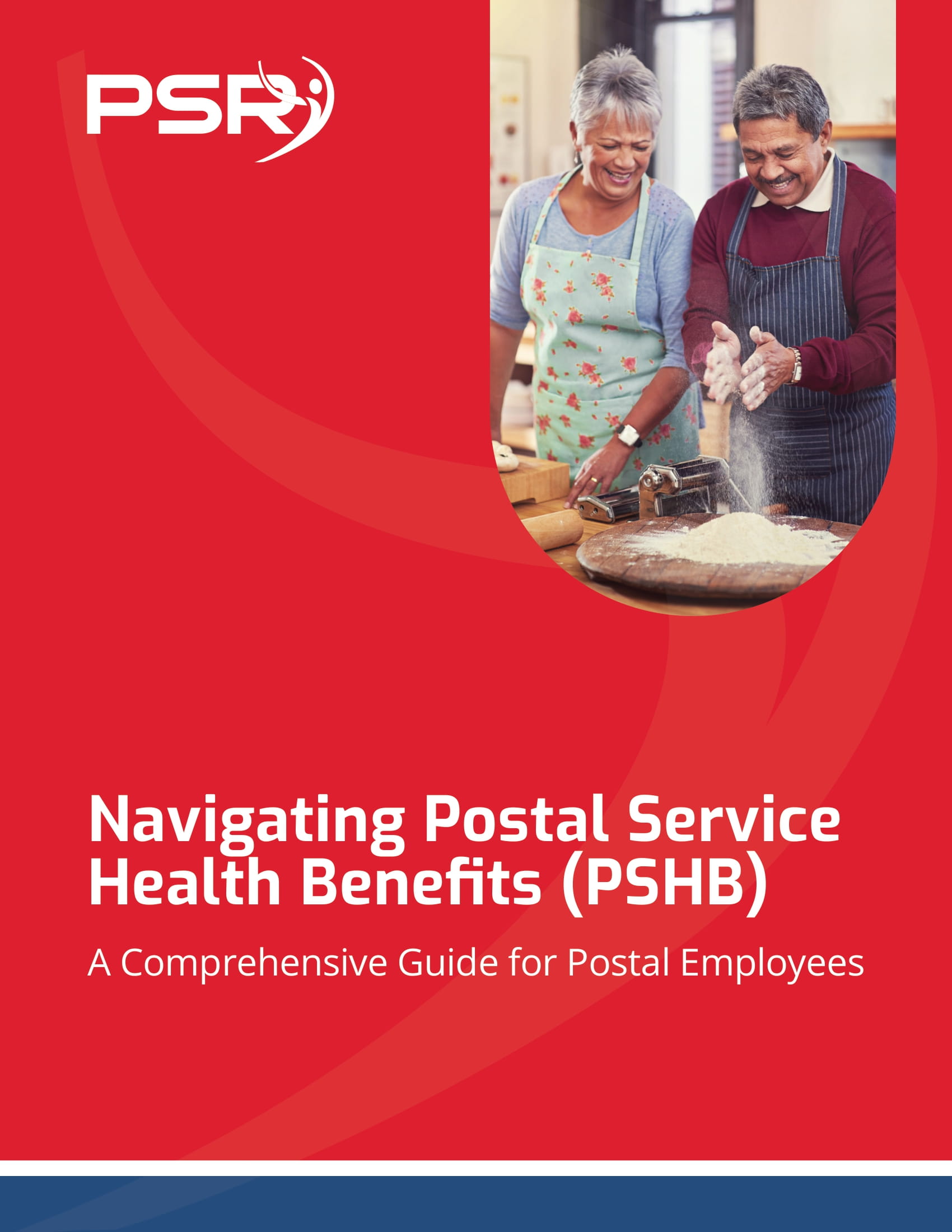Key Takeaways
-
The landscape of postal worker benefits is evolving rapidly, with significant changes in health coverage, retirement savings, and wellness initiatives.
-
Staying informed about these trends can help you make smarter decisions about your retirement and financial security.
Evolving Health Coverage Options
As a postal worker or retiree, health coverage is one of your most critical benefits. This year, the Postal Service Health Benefits (PSHB) program has introduced notable updates. These include new cost-sharing structures and expanded integration with Medicare.
- Also Read: FAA, Law Enforcement, and Special Federal Employee Categories—Here’s What Makes Their Retirement Unique
- Also Read: Blending Private and Public Sector Retirement Plans Is Complicated—Here’s Where Couples Get It Wrong
- Also Read: The Silent Shift in Postal Service Retirement Benefits That Could Change Everything by 2026
The integration of Medicare with PSHB also enhances access to prescription drug benefits under Medicare Part D. With the newly implemented $2,000 out-of-pocket cap for prescription drugs, enrollees can better predict their annual healthcare costs. This financial stability is particularly valuable for those with ongoing medication needs.
Why it matters: Understanding your options and comparing plans during Open Season—which runs from November 11 to December 13, 2025—can help you select the coverage that best fits your needs. Don’t forget to review plan brochures and use online comparison tools to ensure you’re making the most informed decision possible.
Retirement Savings Adjustments
Retirement benefits remain a cornerstone for postal workers nearing the end of their careers. The Thrift Savings Plan (TSP) has seen some significant adjustments to contribution limits this year. For 2025, the Elective Deferral Limit is $23,500, with additional catch-up contributions available if you’re over 50.
For those between 60 and 63, the catch-up limit is even higher, allowing you to save an extra $11,250—bringing your potential total to $34,750. These increases make it easier to build a stronger financial safety net before retirement. Beyond contribution limits, consider the allocation of your TSP investments. Balancing growth-oriented funds with more conservative options can help mitigate risk as you approach retirement age.
In addition to maximizing contributions, take advantage of resources like the TSP’s online calculators and workshops. These tools can provide valuable insights into how much you’ll need to maintain your desired lifestyle in retirement. If you’re unsure about your investment strategy, consulting a financial advisor can help tailor a plan to meet your goals.
Pro tip: If you haven’t maximized your contributions yet, consider reallocating your budget to take advantage of these limits. Every dollar saved now can significantly boost your financial security later. Additionally, review the Roth TSP option to determine if its tax-free growth benefits align with your long-term financial strategy.
The Rise of Wellness Benefits
The focus on employee wellness has grown substantially. This year, wellness programs are becoming more comprehensive, targeting both physical and mental health. These initiatives often include resources like telehealth services, fitness reimbursements, and stress management tools.
For retirees, certain wellness benefits may still be accessible through your health plan. Take advantage of these resources to maintain your well-being and address potential health concerns before they escalate. Many plans now offer virtual consultations, allowing you to connect with specialists without the need for travel—a convenience that saves both time and money.
Wellness benefits also extend to preventive care. Routine screenings, vaccinations, and health assessments are often included at no additional cost, helping you stay ahead of potential health issues. Keeping track of these services and scheduling them regularly is an essential part of your healthcare strategy.
Action step: Check with your provider to see which wellness services are included in your plan. Staying proactive about your health can save you money and improve your quality of life. Also, consider joining local community wellness programs or groups that complement your plan’s offerings.
Changing Dynamics in Dental and Vision Coverage
Dental and vision benefits are essential for many postal workers and retirees. In 2025, these benefits remain available through the Federal Employees Dental and Vision Insurance Program (FEDVIP). However, premiums have increased slightly, reflecting broader trends in healthcare costs.
It’s also worth noting that FEDVIP plans offer nationwide coverage, which is particularly beneficial if you plan to move or travel during retirement. Many plans now include enhanced features, such as increased allowances for eyeglasses and advanced dental procedures. These additions aim to provide more comprehensive care, but they may come with higher premiums.
If you haven’t reviewed your FEDVIP options recently, it’s worth doing so. Comparing plans can help you identify better coverage or cost savings opportunities. For instance, some plans offer discounts for retirees who bundle dental and vision coverage, making it a cost-effective option for comprehensive care.
What to watch for: During Open Season, compare your current FEDVIP plan with others available to ensure you’re getting the best value for your money. If you’re approaching retirement, consider whether these plans meet your long-term needs. Be sure to assess coverage for specific procedures or services you anticipate needing in the near future.
Impact of Inflation on Benefits
Inflation has a direct impact on the purchasing power of your retirement income and benefits. For postal workers, the government’s cost-of-living adjustments (COLAs) play a significant role in mitigating inflation’s effects. In 2025, COLA increases are helping retirees maintain their standard of living despite rising expenses.
However, rising healthcare costs, including higher deductibles and out-of-pocket maximums, could offset some of these gains. Staying informed about changes to your benefits is essential for navigating these challenges. Planning for inflation also means re-evaluating your retirement budget annually to account for fluctuations in expenses.
Tip: Use tools and resources available through the USPS or the Office of Personnel Management (OPM) to calculate the impact of inflation on your benefits. Adjust your financial plans accordingly to stay ahead. Consider exploring annuities or other fixed-income options that provide a steady income stream to combat inflationary pressures.
Embracing Digital Tools for Better Management
The shift towards digital platforms is transforming how you manage your benefits. Online portals for PSHB and TSP provide easy access to plan details, contribution updates, and retirement projections. These tools simplify decision-making and offer real-time insights into your financial health.
For retirees, digital tools can help track expenses, monitor benefits usage, and ensure timely payments. Embracing these technologies can save time and reduce the hassle of managing your retirement benefits. Some platforms even include educational resources, like webinars and FAQs, to help you navigate complex benefit structures.
Next steps: If you’re not already using these platforms, set up an account today. Familiarize yourself with the features to maximize the value they bring to your retirement planning. Don’t overlook mobile apps, which can offer on-the-go access to your benefits and make updates even more convenient.
How These Trends Affect You
Navigating these changes requires proactive planning and continuous learning. Whether it’s maximizing TSP contributions, comparing health plans, or leveraging wellness benefits, staying informed ensures you make the most of your postal worker benefits. Remember, small adjustments now can lead to significant improvements in your financial and personal well-being down the road.
Key questions to ask yourself:
-
Have I reviewed my health coverage options for the year?
-
Am I maximizing my retirement savings potential?
-
What wellness resources am I not utilizing?
-
How is inflation affecting my benefits and income?
-
Am I leveraging digital tools to simplify benefit management?
Planning for a Secure Future
Keeping up with benefit trends is not just about staying informed; it’s about ensuring your retirement years are as comfortable and secure as possible. With these changes in mind, take the time to evaluate your current plans, adjust where necessary, and seek advice if needed. The effort you invest today will pay off in a more secure and fulfilling retirement.










